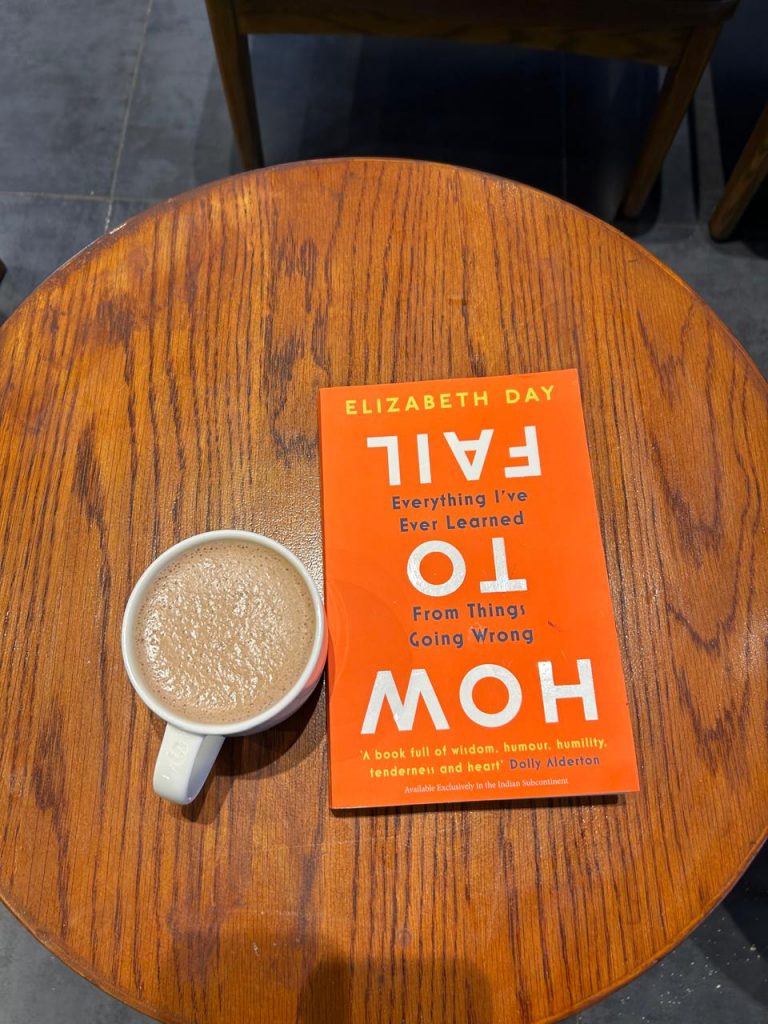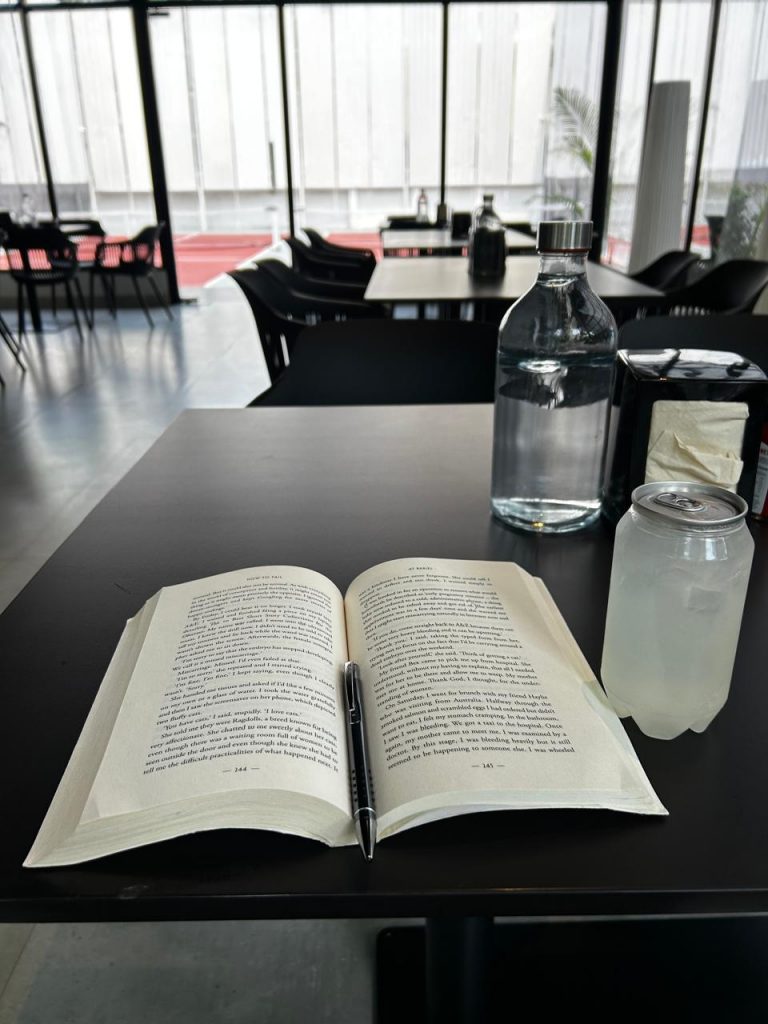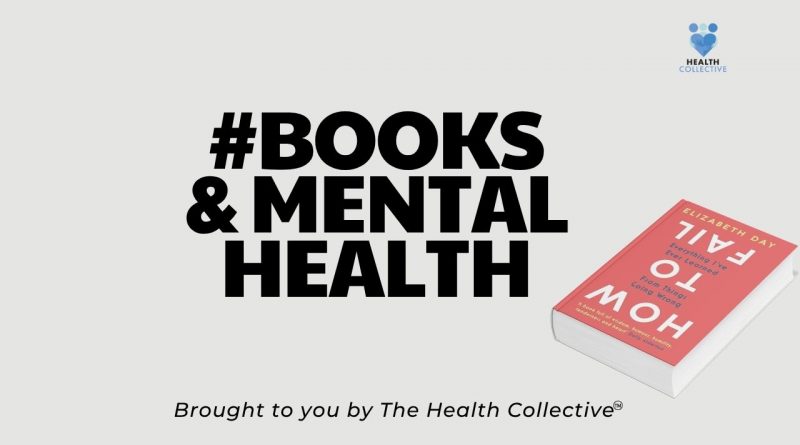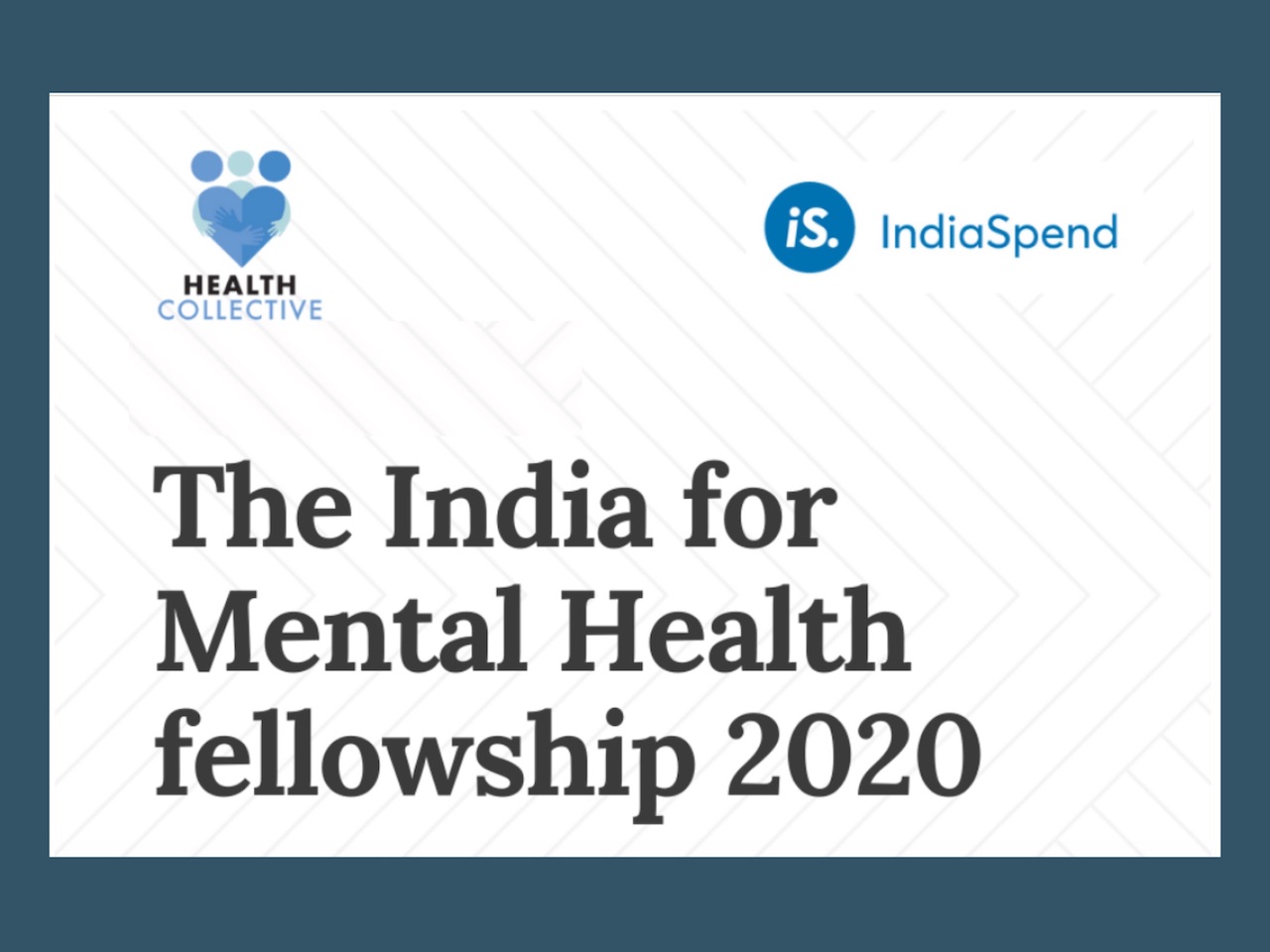How to Fail by Elizabeth Day: A Raw, Relatable Look at Fertility, Feminism, and Failing Forward
By Asma G
Content warning: The book contains mentions of fertility struggles including miscarriages.
When I first considered reviewing How to Fail by Elizabeth Day, I was a bit wary. It sounded exactly like the garden-variety of self-help books I hate – books that usually have some permutation and combination of the words ‘The power’, ‘The courage’, ‘The art’, ‘Change’, ‘Achieve’, ‘Manifest’ and obviously, ‘How to’, in their title. The few books of this category that I have read have put me off them for life because of how preachy they were.
My introduction to Elizabeth Day’s work was through her podcast with her best friend, therapist Emma Reed Turrell, cleverly titled Best Friend Therapy (now rebranded as Friendship Therapy and featuring only Turrell). I was an ardent fan of the podcast – so much so that I’d eagerly wait for new episodes to drop and coordinate my evening walks with new episode releases of the podcast. In fact, I can even recite the introductions Emma and Elizabeth use at the beginning of every episode, verbatim. Despite, or perhaps because of, my fondness for their podcast, I avoided listening to Day’s podcast How to Fail because I didn’t want to tarnish my impression. I am happy to report that I was wrong about How to Fail – both the podcast and the book.
How to Fail makes for a delightful read. It is a refreshing change from the average self-help book because Day doesn’t offer much by way of advice. Instead, she describes and analyses her own purported failures in a number of different areas, including fitting in, dating, sport, relationships, and having babies. Day also quotes guests from her podcast very effectively.
[More info: Elizabeth Day is an author, podcaster, and an award-winning journalist. She has written five novels and three books of nonfiction. How to Fail was published in 2019 after the success of Day’s eponymous podcast.]


DEEP-DIVE
In How to Fail, Day’s exploration of her life seems to cover the entire spectrum of human experience – ranging from the hardest, most gut-wrenching experiences including a miscarriage and two failed IVF cycles, to outright hilarious and ludicrous experiences like tasting badger (yes, the animal) and getting her vagina steamed as part of a week-long experiment in living life as Gwyneth Paltrow for a work assignment. Day manages to write about all of these wide-ranging topics with equal skill.
She traces how growing up in the 1980s informed her own ideas of romantic relationships and careers and the subsequent impact it had on her romantic relationships. Day recounts being told in school that she could pursue a dream career and have a family with a partner who shared equally in household duties.
In her twenties, Day notes that she didn’t feel like her gender limited her in terms of her career. Decades later, the start of the #MeToo movement makes her reassess her experiences as a young journalist and recognise the sexism she faced throughout her career, experiences that she accepted as part and parcel of working in a “male space”. Describing her attitude towards work in her twenties, Day writes, “In brief, I was grateful for rights that I should have accepted as my due.”
Dissecting the impact her upbringing had on her attitudes to romantic relationships in her twenties, Day explains “…my long-term relationships with men always ended up with me doing all the shopping, cooking and cleaning even though I was the one with a full-time job and they mostly weren’t. There was a double irony to this state of affairs: not only was I earning more than the majority of my boyfriends, but I also actively wanted to do all the domestic stuff too. I thought this made me into a perfect specimen of womanhood. I could be a kick-ass alpha female in the office who was happy to relegate herself to a state of compliance at home. I pretended to like football, despite having no clue regarding the off-side rule (I still don’t, but now I’m past caring). I deferred to my other half’s wishes.”
Day’s insight and focus on the undue pressures women face to look “pretty” are particularly interesting. She documents how these pressures are omnipresent, albeit ridiculous – from a dermatologist who points out various “imperfections” on her face, to the absolute exponential levels of difference in skincare routines for her female and male friends. It makes her ponder, why there’s an expectation that she wants model-like skin if she’s not being “paid to be a model”?
As a reader, I found myself frantically nodding along as Day described a conversation with Dolly Alderton, another popular writer, about this. Alderton said, “But it’s so weird that the default aspiration for a woman in terms of how she should look is someone who is paid to look like that professionally … To be an absolute stud of a man you have to have maybe a bit of hair and you can be a stone over your average BMI, wear a nice jumper, have a nice smile. You can basically just be a nice and charming person. But then to be a woman and be seen as a catch it’s just a never-ending list of pressures on you.”
In a chapter titled ‘How to Fail at Babies’, arguably the book’s most impactful chapter¸ Day recounts her struggles with fertility, describing the critical and censure-filled terms women dealing with fertility issues are subject to – from terms like ‘incompetent cervix’ being bandied about, to a friend’s womb being described as ‘an inhospitable environment’.
After an unsuccessful IVF cycle, Day is told that the expert don’t know why she’s not responding to the drugs. Describing her reaction to this, Day eloquently writes, “I hung my head, chastened. Bad body, I thought, not doing what it was meant to when faced with the sophisticated medicine that worked for other, better females. I didn’t think to question why it was automatically assumed I was at fault, and chosen as the object of the sentence rather than the subject. What if, instead of it being my failure, the drugs had failed to respond to me?”
How to Fail is a wonderful book filled with interesting anecdotes and is a book I would recommend to everyone. If nothing else, read the chapter titled ‘How to Fail at Babies’. Day goes into detail about her struggles with fertility – a rare occurrence, and an act that must have taken incredible amounts of courage and effort. Regular listeners of Best Friend Therapy will know how arduous Day’s fertility journey has been. Day’s unpleasant experiences with gynaecologists and fertility doctors will resonate with all-too-many women, women who are routinely dismissed, their concerns ignored, their struggles invalidated. As distressing as I found it to read about Day’s struggles with fertility, experiences I have not yet had, I found it incredibly affirming. It reminded me of a recent gynaecologist visit I’d had where I was refused a pap smear because I was unmarried. Welcome to women’s healthcare in 2025! After the appointment, I told a friend that without the pap smear, I’d never know if I ever got cervical cancer, I quipped, “Kya karu main, mar jaun”. (While I’m not a fan of Big Boss, the phrase is one I’ll never forget.)
Bio: Asma G is a feminist writer with an interest in public policy and mental health. You can read more of her pieces right here, and find her on Instagram at @asmag7


